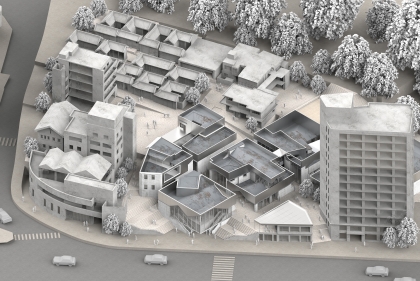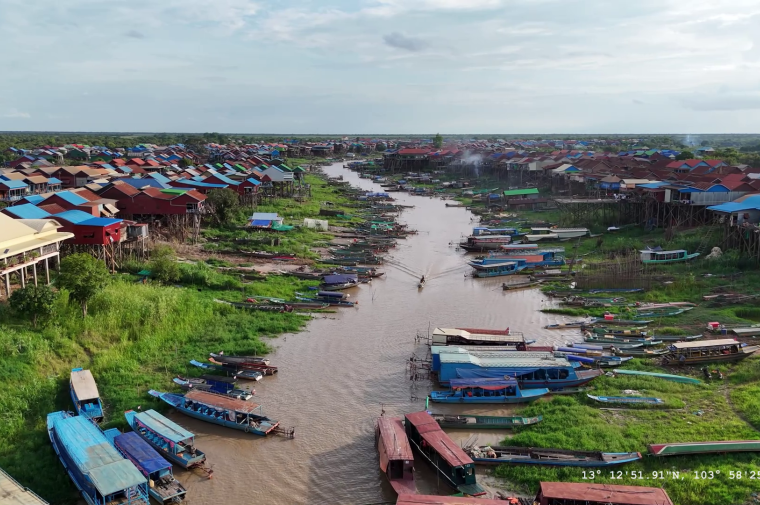October 9, 2025
Photo Essay: On the Front Lines of the Climate Crisis in Southern Guatemala
By Jared Brey

Students and other researchers worked with a sea turtle sanctuary in southern Guatemala. The sex of sea turtles is determined in part by the temperatures at which their eggs incubate. Recent increases in average temperature have created a sex imbalance, with far more females than males being born, as well as a higher rate of birth defects. “Even designers and scientists working on climate change are generally very disconnected from the millions of individual stories and communities that are being impacted by climate change unless practitioners make a concerted effort to do extended fieldwork,” Tindall says.
Close
Students and other researchers worked with a sea turtle sanctuary in southern Guatemala. The sex of sea turtles is determined in part by the temperatures at which their eggs incubate. Recent increases in average temperature have created a sex imbalance, with far more females than males being born, as well as a higher rate of birth defects. “Even designers and scientists working on climate change are generally very disconnected from the millions of individual stories and communities that are being impacted by climate change unless practitioners make a concerted effort to do extended fieldwork,” Tindall says.
Tindall found connections between climate vulnerability and human activity in the interplay between the sugar-cane industry practices and increased storm frequency. Sugar cane plantations hoard water and then surge-release it certain moments, causing downstream overloading of mangroves and wetlands. Combined with increased urbanization and frequency of storms, the area sees increasingly severe flooding. In the absence of technical help, local residents have improvised their own solutions, for example by building berms to mitigate impacts from flooding. However, "The entire coast in this area is served by a single coastal highway,” Tindall says. “This road is a critical point of failure when it floods so any failure on here impedes people’s ability to move along the road.”
“This was around a place called Lake Atitlán which is a massive freshwater lake created by a volcanic explosion millions of years ago,” Tindall says. “We did a hike up to this viewpoint. It’s a really good example of how the agriculture is all in this floodplain. It gives you an idea of what the transect looks like from the water to the land. This patchwork-type landscape is quite interesting. Any parcels of land where people find things will grow are used.”
“You can read things within the landscape. You can read the flood marker that’s been embedded in the landscape,” Tindall says. “It speaks back to how the landscape is almost like a ledger of information—in this case, of environmental events. And then of course you have bowls and cooking stuff, because it’s also someone’s kitchen. There’s real people living in this place — real people impacted by these climate injustices.”
“They don’t have a waste management system, so they pile up their trash and burn it. So when there is a flood, any rubbish that’s around will wash into people’s houses, it will wash around their properties, wash everywhere. It’s the trash but also the ash residue from the burning of the trash will leave a white paste everywhere. It’s unhygienic. People get bacterial and fungal infections after the flooding as a result of the contamination. The water often also contains chemicals from agricultural runoff. And after the flood water recedes, the dengue mosquitoes come. That gives you a flavor of what this community is dealing with – the interconnected social, environmental, and climate change-related challenges.”
Tindall (left) and two other members of the GERA research team interview a community member. (Photo by Kelly Kennedy for GER)

 View Slideshow
View Slideshow

